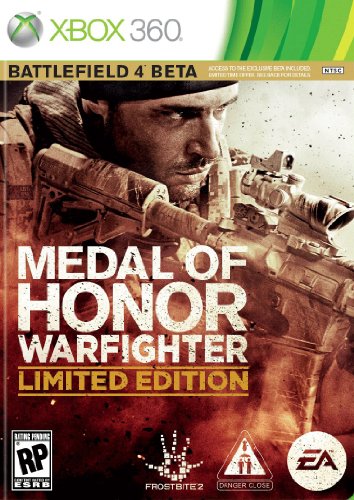
Medal of Honor: Warfighter
Developer: Danger Close
Publisher: Electronic Arts
Platforms: Xbox 360 (Reviewed), PS3, PC, Wii U (November 16th)
Release Date: October 23, 2012
Price: $59.99 – Available Here
Overview
Medal of Honor: Warfighter strives to play on your sense of national pride in multiplayer, whilst also attempting to pull on your heart strings by telling an emotional, reality-reflective story in its single-player campaign. But have Danger Close, the developer who’s stepped up to the plate in creating both aspects of the game as opposed to solely the single-player like in 2010’s Medal of Honor, been successful in achieving these goals? Or is this a war that can not be won? Read on to find out!
Story
Warfighter’s story continues from 2010’s Medal of Honor and is two fold in the sense that it tells of a battle-focused story involving Voodoo and new character Stump, along with a more personal one built around Mother and Preacher. The two story-arcs do, however, intertwine. The game starts off with Mother and Preacher in Karachi, Pakistan, looking to neutralize a designated target in the form of a specific cargo truck. What results is a massive explosion that turns the mission on it’s ear, and forces the two AFO Neptune team members to fight their way down and away from the harbour. This opening event sets the stage for the rest of the game’s story, with consequences for botching the mission dealt to Mother and Preacher, whilst the new focus of the Navy Seals shifts to tracking down and cutting off the development and distribution of an explosive called PETN. This is after they deduce that PETN is what was being transported in the cargo truck they destroyed that caused the unexpectedly mammoth explosion.
Without going into too much detail and spoiling certain events, I’ll just say that after the first mission, Mother and Preacher would seemingly have some time to themselves and their families, although we learn quite early on that Preacher’s family life in particular is not at all rosy and perfect. The struggle of living with a soldier who is never home, and is always ready for his next assignment – regardless of whether or not it interrupts his personal life – is evident with Lena, Preacher’s wife. His personal tale deals with that struggle and how they handle it moving forward, with a slight juxtaposition to Mother’s family life, which is much more serene and peaceful, with his wife having come to terms with his career a long time ago. This arc coincides and later directly converges with TF Mako’s effort to track down the terrorists, who are planning their use of PETN, and the one they know to be called “The Cleric”.
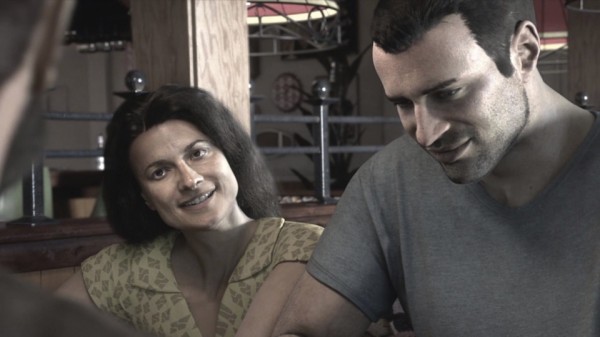
The problem with the story and how it plays out, is in it’s order of chronology. These events are not told in chronological order, but in a broken timeline where we flashback to an event and then flash forward again to the current day. Yes, we don’t like things to always be so cut-and-dry, but linearity is storytelling is not necessarily a bad thing if it results in a more coherent telling of said story. This is one of those cases where a little more linearity would have benefited the player in both aiding their understanding and keeping them invested in each character. Because, in alternating between Preacher and Stump, we get pulled away from each just as we start to invest in them. The quality of the story itself is standard war fare (pun not intended), however there are a few key moments that touch home and do successfully express those hardships a war-fighter’s family experiences, as well as those of the soldiers themselves, being away from their families. The ending in particular drives it all home and is very moving.
Gameplay
Warfighter features most of the now standard mechanics found in an FPS, with a couple new ones – or at least most newly defined ones – added in. The first thing I noticed when embroiled in a large assault was the fact that you can not throw grenades back at the enemy. This was probably the most frustrating aspect of the gameplay, as every time I would see the grenade proximity warning, I could do nothing but move away from it, constantly exposing myself in the process. Having played all of these recent shooters where the capability is intact, it was very disappointing for me to not be able to do this here. Another issue I had relates to “Enemy Weapons”. Enemy weapons are weapons found on a map that can be equipped, but only until you run out of ammo or need to swap back to a default weapon – at which point it will be automatically dropped. If I swap to my default handgun, the HK45, for a close range kill, dropping a valuable M320 grenade launcher, I want to – after getting the close range kill – be able to look back to where I dropped the M320 and pick it back up again. But I can’t. And it’s annoying as all hell!
A great positive, however, is the return and refinement of the peek-and-lean ability. By holding the LB button the player will lean in whatever direction they point the left thumbstick. This helps when you’re being bombarded behind cover, but are too trepid about moving all together, as you can instead lean ever so slightly over or besides your cover at ease and get a quick aimed shot out. Movement in the lean is not restricted to sharp angles; just as you have complete control of the left thumbstick’s rotation, you can also lean will full, uninhibited control. And considering that the A.I. is actually quite a good shot this time around, you will be making use of the peek-and-lean very often.
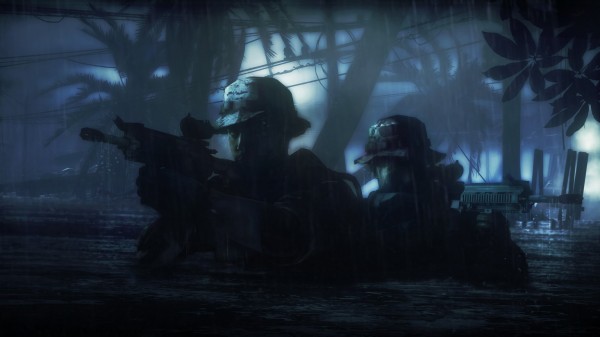
Another mechanic I appreciated the return of is the “asking for ammo” ability. If you’re out of ammo and need to resupply, just find a nearby team member and press hold ‘X’ when prompted to attain ammo from your fellow soldier. Now, your ammo may run out, but it seems like theirs never does so this can be repeated indefinitely. Now, undoubtedly, some may find this an easy-out , but I liked it’s inclusion, even though I do understand that side of the argument. I would rather complain about the fact that your side-arm always has unlimited ammo to begin with. I thought that maybe this was only the case when playing on easy, but I found that it was consistent across all difficulty levels.
New to the Medal of Honor franchise, in Warfighter, are dynamic door breaches and micro-destruction. The dynamic door breach involves selecting a method of breaching via a scroll wheel interface. These methods range from simply kicking the door down, blasting it open, or smashing the knob with a tomahawk. More options are unlocked as you accumulate head-shots from prior breaches. They are purely there for aesthetic diversity, essentially adding nothing different to the gameplay experience. The micro-destruction works well enough, with cover being progressively whittled away. Although, I found it odd when I could not break through relatively thin pieces of wood, yet blasting through the corners of a concrete barrier was no problem. The system didn’t seem very consistent in that respect.
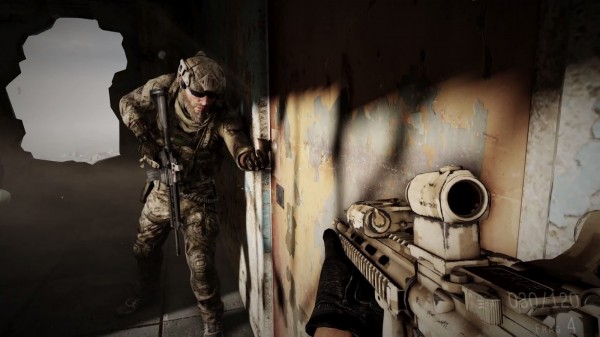
During the single-player campaign, you will have very few chances at using mounted machine guns and “the bot” (as it’s always referred to in-game). In fact, you probably use each of them twice all-up. There is also one mission where you shoot from the side of a helicopter. This may sound disappointing considering they are some of the only real attempts at varying the gameplay in the 7-8 hour long campaign, however there are two car-based missions that do a good enough job of that. In fact, one of them, titled “Hello and Dubai”, is my absolute favourite mission of the whole campaign.
“Members of the Need for Speed team” worked on this level – and an earlier one titled “Hot Pursuit” (go figure!) – and it shows in the car’s controls and handling. However, what’s great about Hello and Dubai is that it’s akin to a car-stealth sequence. After incapacitating and kidnapping a “businessman” named Hassan, Mother and Preacher must avoid his security by driving into blind spots throughout the streets as they weave in between the security’s patrol in order to escape and provide enough time for a transfer of files back to their now mission handler Dusty. Of course, you are pursued throughout, and you can take out the regular sedans with a Burnout-esque focus cam on the wrecked car as it grinds, or crashes, to a halt. Hassan’s aggressive head of security will also appear, trying to ram you with his SUV. And, being Dubai, a sandstorm rolls in at a later point, as you drive, almost blindly, against traffic. Definitely a rare experience in games in general.
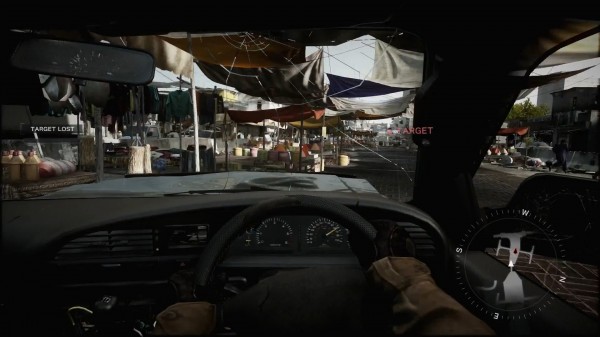
The multiplayer is where Warfighter truly shines. To start, you may choose which special forces faction to represent. Of course, being Australian, I chose the SASR. Included are the compulsory Navy Seals, but also the GROM (Polish), the SAS (British) and many others. Within each group are their player classes, which range from Demolitions to Heavy Gunners to Point Men, although you will only have access to one when you start. Each class has their own special ability; for instance, the Assaulter will eventually gain access to the Grenade Launcher, equipped by pressing up on the D-Pad. Also, they each brandish their own unique starting weaponry, with more weapons becoming unlocked as you rank up. You can also customise your weapons’ parts and paint job, but must also unlock these as you play. The familiar Support Actions of the previous title make a return, this time with the ability to call on powerful and extremely helpful attack Helicopters! You will be paired with a comrade by default, as part of a “Fire Team” with the mechanic highlighting your partner in green, letting you re-spawn near each other and also exclusively replenish each other’s ammo and health.
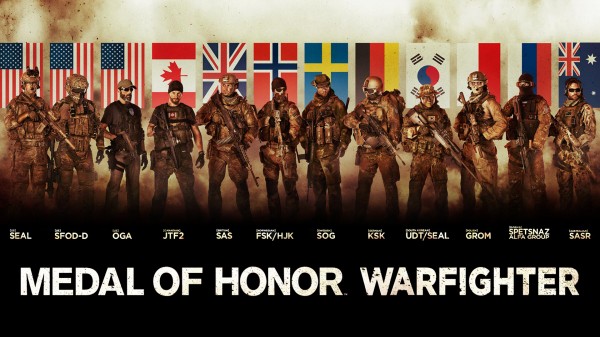
There are 5 individual multiplayer modes, which include: Sector Control, Team Deathmatch, Hotspot, Combat Mission and Home Run. Sector control is akin to other “domination” type modes, wherein you capture and defend each of the neutral sectors. Team Deathmatch needs no explanation…Hotspot has you arming or defending a number of bombs at designated areas across the map. Combat Mission entails working to neutralise 5 enemy bases and takes the longest to complete out of all the multiplayer game modes. Finally, Home Run is a capture the flag like scenario, where the team with the most points after ten rounds wins. The first 5 rounds have you attack, the next 5 has you defend (or vice versa). There’s also a modified version of these modes accessible through Real Ops, a separate option that lets you turn off certain HUD elements. It suffices to say that I enjoyed all of these modes and you will spend many an hour representing your country, your platoon (basically your clan), scaling the leaderboards and challenging your friends through Battlelog. It’s so easy to drop in and out of play and the level of progression is extensive and rewarding.
Visual
It goes without saying that DICE’s Frostbite 2 engine is one of the best-looking, most versatile engines out there. And because of this fact, Warfighter looks great…generally. There were times where particle effects such as smoke and fire looked very unrealistic and some textures still looked somewhat lacking in detail – and yes, I did install the HD texture pack on disc 2! This was Danger Close’s first time using the engine, and it’s first use in the Medal of Honor franchise (not including Frostbite 1.5’s utilisation in the Multiplayer of 2010’s Medal of Honor). Considering this change, it’s understandable that Danger Close will not have mastered Frostbite 2 in such a short time span. There was also a moment in the opening mission where these crates were falling in a very unnatural manner, indicative of its key-framed animation cycle. Thankfully this was a rare case as the rest of the game’s physics were dynamically handled by Frostbite 2.
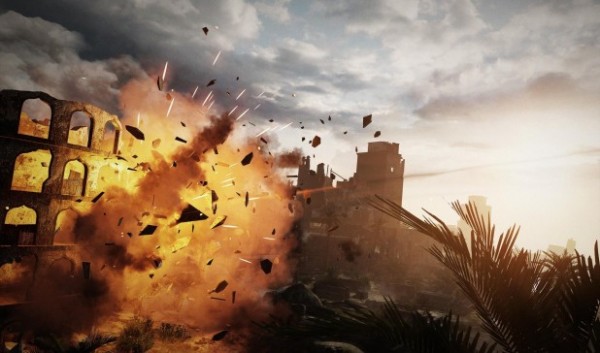
But, what did impress me a whole lot on the visual front were the gorgeous cut-scenes. I know this isn’t necessarily a positive thing to say in the grand scheme of things, and considering our medium, but Warfighter’s cut-scenes are the best part of it’s campaign. Digital Domain, film industry leaders in the visual effects and animation fields, were responsible for Warfighter’s (as close as we’ve seen) photo-realistic cinematics, using the same technology and methodology to creating digital humans that they did in the films Tron: Legacy and The Curious Case of Benjamin Button. I can not stress enough how good they look…they’re unbelievable.
Audio
Returning to score Warfighter after 2010’s Medal of Honor, Ramin Djawadi provides us a slightly disappointing sound that is quite familiar. However, the score is effective nonetheless…it’s just that, if you’ve played other real-world inspired shooters, you’ve heard it all before. The Game of Thrones composer has become quite popular in the TV industry in particular, but that wasn’t enough for EA; they also got Linkin Park’s Mike Shinoda attached to the project. Shinoda contributed to two tracks on the official soundtrack, whilst also allowing the use of Castle of Glass – which is to become LP’s second single off of their newest album, Living Things – in Warfighter’s promotional media and end credits. Shinoda’s unique style is definitely inherent and identifiable, and adds a nice touch of tonal variety to the score.
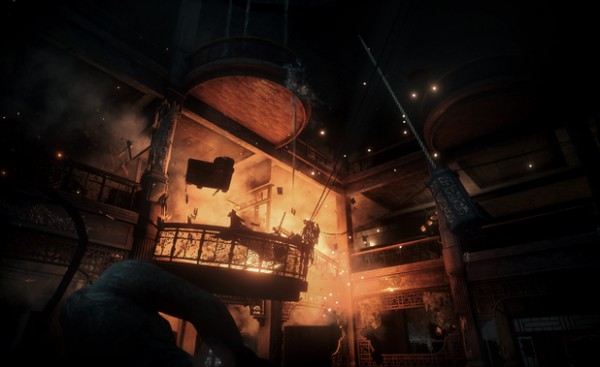
The actual gun sound effects are the real show stealer when it comes to the soundscape of Warfighter. Each gun sounds the way it should, with higher powered rifles letting off a concussive boom with each shot. Bolstered by the well established feel/feedback of shooting these guns, the sound effects really portray their weightiness, power and impact extremely well. However, there are also bugs related to these sound effects, where the cues for the gunfire and their impacts sometimes do not play. I will take an audio bug over a visual bug any day, but it’s still disheartening to find that even the best aspects of the game have bugs associated with them. Back to the positives, the communication between the Tier 1 operatives is very effective in creating a virtual sense of teamwork amongst the chaos of war, but also providing a practical way to aid the player as team-mates will alert you to positions of enemies and also when you have killed an enemy, just in case you weren’t sure if they simply dropped behind cover, or collapsed to their death.
Overall
Medal of Honor: Warfighter is a mixed bag, but one that we kind of expected. Just by looking at the precedent set by other FPS titles, and it’s lead-up coverage, it was evident that Danger Close and EA’s focus for Warfighter was always going to be it’s multiplayer. And truthfully, it was the multiplayer aspect of the game that raised the – many might call, generous – score for this review. In saying that, it’s not that the game is particularly terrible on any other front…it’s just that it doesn’t do much differently, or in most cases as well as competitors in the genre. Compounded by a myriad of noticeable, yet non-impeding bugs and glitches – after the first day update fixed the more intrusive ones, mind you – Warfighter struggled to prove it’s worth on the field to me. But, again, the fun, socially connected and magnificently competitive multiplayer (thanks to Battlelog) really shone through and made me see the game in a better light. So if good multiplayer is what you’re after, enlist and get to representing your nation’s armed forces!


